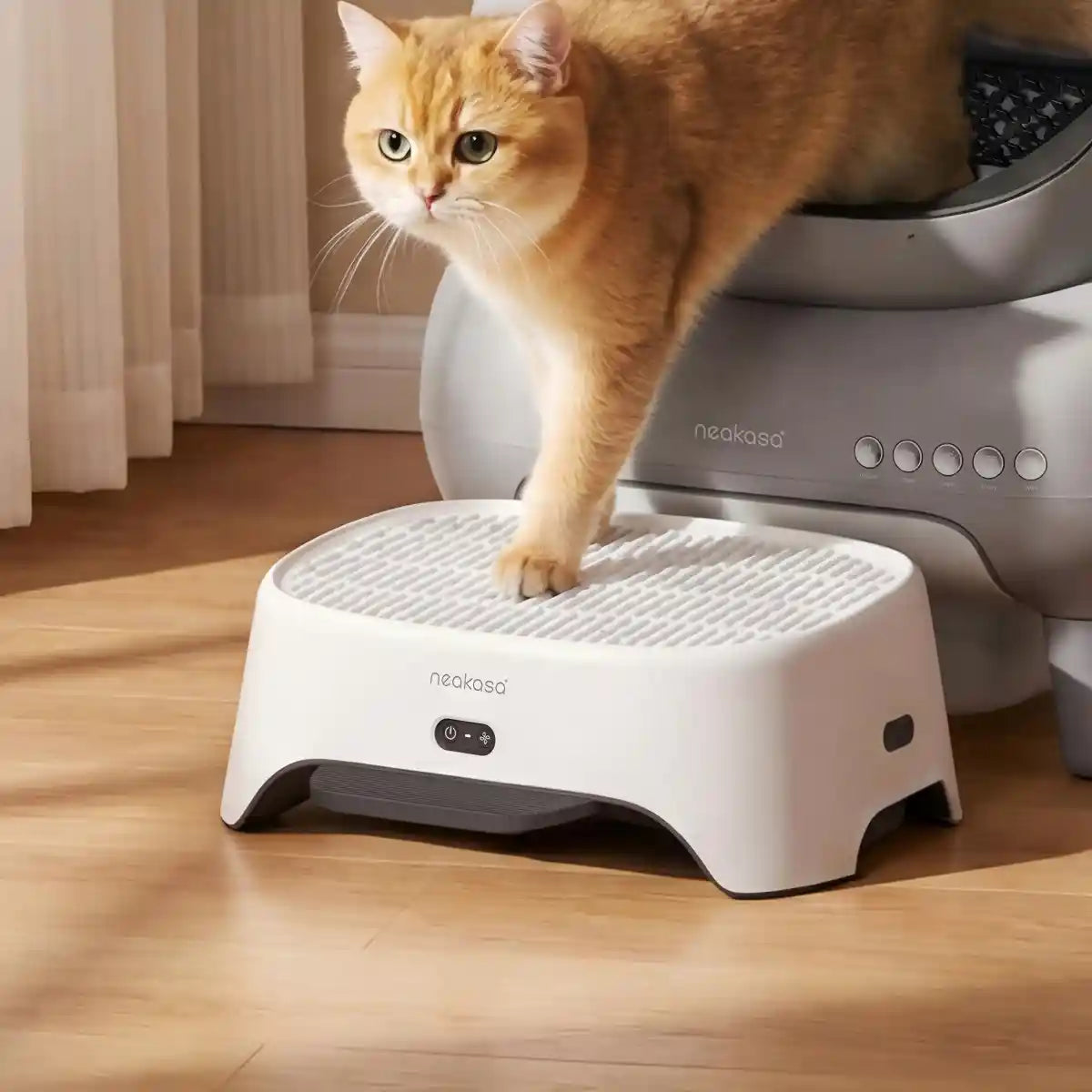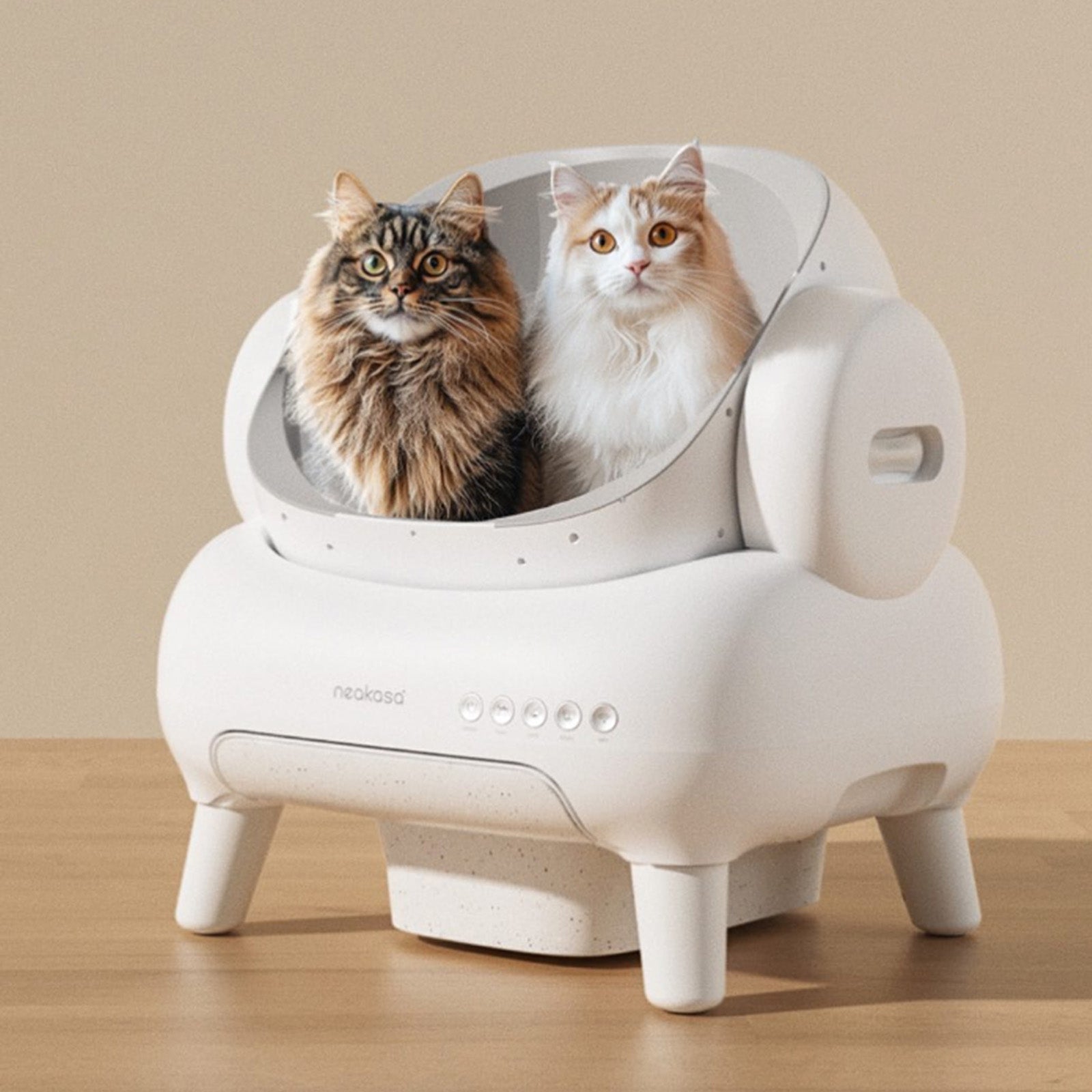It can be frustrating when your blanket leaves lint on your bed and clothes. If you are wondering how to stop a blanket from shedding, there are simple ways to fix the problem.
With the right care, you can reduce fuzz, keep your bedding clean, and help your blanket last longer. In this guide, we’ll share practical tips to manage shedding blankets and keep them soft and cozy.
Why Do Blankets Shed Lint?
Nothing beats the cozy feeling of a soft blanket, until you notice lint and fuzz on your clothes, furniture, or floor. Blanket shedding is common, and here are the main reasons why:
- Fabric Type: Low-quality or loosely woven fibers are more prone to shedding.
- Friction: Daily use on sofas or beds causes constant rubbing that loosens fibers.
- Washing and Drying: Aggressive machine cycles or high heat can break down fibers.
- Age of the Blanket: Older blankets naturally weaken and release more lint.
Understanding these causes is the first step to reducing shedding and keeping your blankets looking fresh.
Materials That Shed Easily
Some fabrics are more prone to shedding than others:
- Fleece and Faux Fur: Their fluffy textures contain loose fibers that detach easily.
- Acrylic: A soft, affordable wool alternative, but it often sheds heavily.
- Polyester and Microfiber: Lower-quality versions may shed once fibers begin to break down.
- Cotton and Wool: Even natural fibers can shed, especially if the weave is loose or the blanket is new.
Habits That Increase Shedding
Your care routine also plays a role in shedding:
- Harsh wash cycles: Intense spinning and friction pull on delicate fibers.
- High-heat drying: Heat damages fibers and causes them to break.
- Overloading the washer: Blankets rub excessively against other items.
- Frequent washing: Too much washing wears fibers down more quickly.
How to Stop a Blanket from Shedding: Easy Fixes You Can Try Today
Now that you know the "why," let's get to the "how." Here are five simple methods to reduce or eliminate blanket shedding.
Method 1: Wash Before First Use
For new blankets, the most important step is a pre-wash. This helps remove the loose fibers left over from manufacturing. Wash the new blanket on its own to prevent the lint from sticking to other clothes.

Method 2: Choose the Right Laundry Settings
A gentle approach is key to stopping shedding. Use a mild detergent specifically for delicate fabrics. Wash your blanket in cold water on the "delicate" or "gentle" cycle. This minimizes the agitation and friction that can damage fibers.

Method 3: Dry the Right Way
Avoid high heat at all costs. The best way to dry a blanket is to air dry it by hanging it or laying it flat. If you must use a dryer, select a "no-heat" or "air fluff" setting and be sure to clean the lint trap multiple times throughout the cycle to catch all the loose fuzz.
Method 4: Use Fabric Shavers, Lint Rollers, or Brushes
For ongoing maintenance, these tools are your best friends. Gently running a fabric shaver over the surface can remove pills and loose fibers without damaging the blanket. A good lint roller or a soft-bristled clothes brush can also effectively pick up stray lint.
Method 5: Try Vinegar or Natural Softeners
White vinegar is a natural laundry hack that can help reduce shedding. Add about a quarter cup of white vinegar to the rinse cycle. It helps soften the fabric and "lock" the fibers in place. Avoid commercial fabric softeners, as they can weaken certain fibers over time, leading to more shedding.
Special Care Tips by Blanket Material
Most blankets do best with cold water, gentle cycles, and avoiding high heat in the dryer. Here are specific tips by material:
| Material | Washing Method | Drying Method | Extra Tips |
|---|---|---|---|
| Fleece | Cold water, gentle cycle | Tumble dry with no heat | — |
| Faux Fur | Hand wash or delicate cold-water cycle | Air dry only (flat or hanging) | Fluff with a wide-toothed comb / soft brush |
| Wool | Preferably dry-clean; if washing, wool detergent + cold water | Never tumble-dry | Avoid agitation |
| Cotton | Cold water, gentle cycle | Tumble dry on low heat | Empty the lint trap often |
Neakasa Magic 1: Your Fabric Care Companion
Keeping your blankets soft, wrinkle-free, and cozy doesn’t have to be difficult. A reliable blanket steamer makes it easy to smooth out a sofa throw after daily use or refresh a travel blanket on the go.
With gentle steam that penetrates fabric fibers, it removes wrinkles without the harsh pressing of a traditional iron. Lightweight and portable, it’s a convenient, fabric-friendly solution for blanket care, clothes, curtains, and even upholstery.

- AirIron Technology for Instant Wrinkle Removal.
- Effortless One-Handed Operation, Safe & Easy.
- Triple the Speed, Triple the Results.
FAQs About Blanket Shedding
Q1: How long does blanket shedding last?
A1: Initial shedding from a new blanket usually subsides after one to two washes. However, if your blanket is older or of lower quality, it may continue to shed as the fibers break down over time.
Q2: Will vinegar damage blanket colors?
A2: No, white vinegar is safe for most fabrics and will not cause colors to fade. In fact, it can help brighten them and remove detergent residue.
Q3: Can blanket shedding harm my washing machine?
A3: Excessive shedding can clog your washing machine's drain pump or filter, but this is rare. The biggest issue is the lint ending up on other clothes in the same load.
Q4: Which blankets shed the least?
A4: Blankets made from tightly woven materials with a smooth finish tend to shed the least. Examples include high-quality cotton percale, linen, or certain types of tightly woven microfiber.
Final Thoughts
Dealing with a shedding blanket can be a pain, but with the right knowledge and a few simple care habits, you can significantly reduce the problem.
By choosing a gentle washing routine, avoiding heat, and investing in a good lint-removal tool, you can keep your cozy blankets looking and feeling great for years to come.







Leave a comment
This site is protected by hCaptcha and the hCaptcha Privacy Policy and Terms of Service apply.